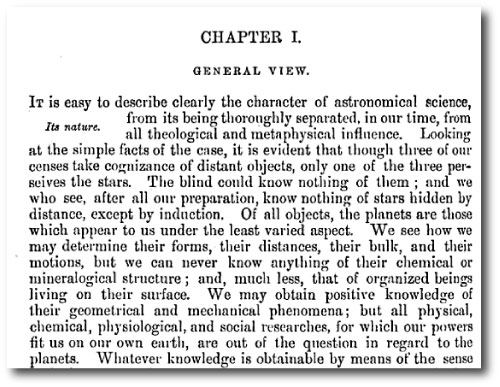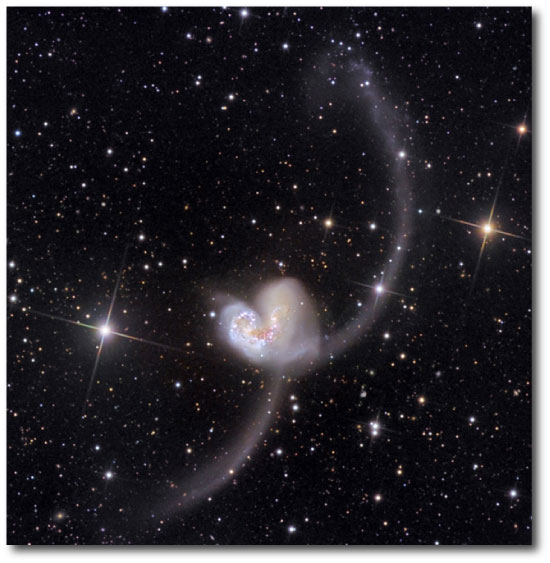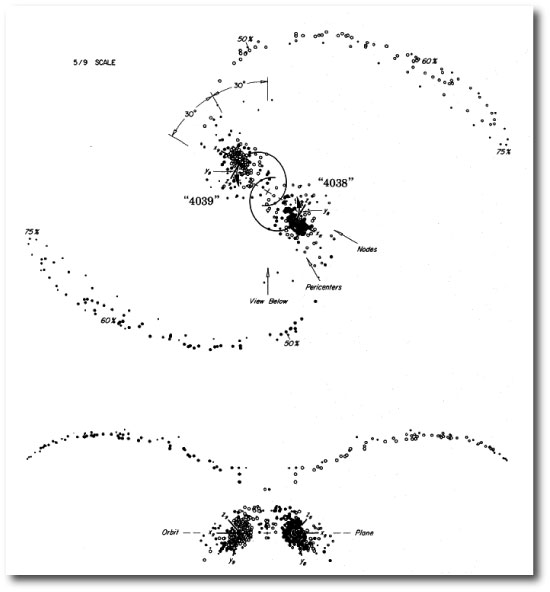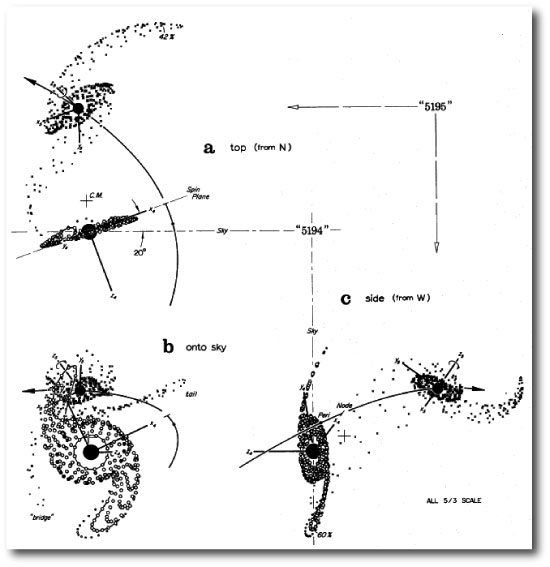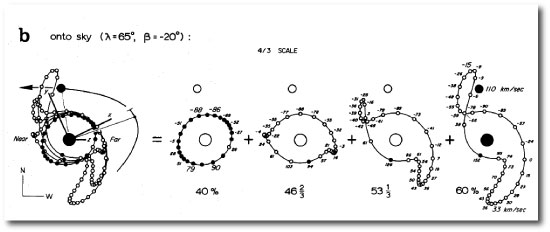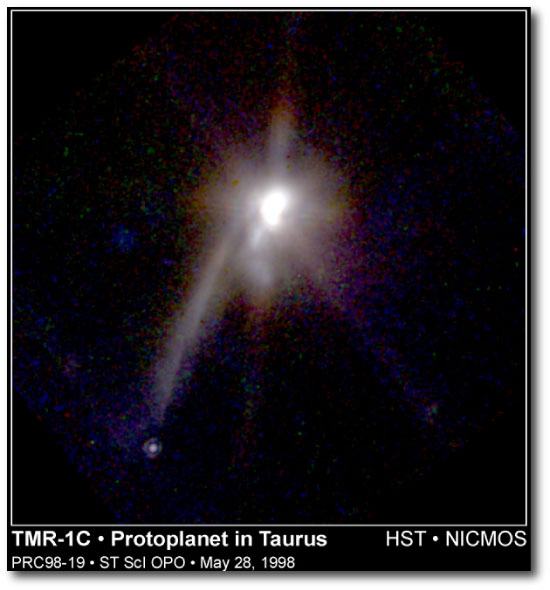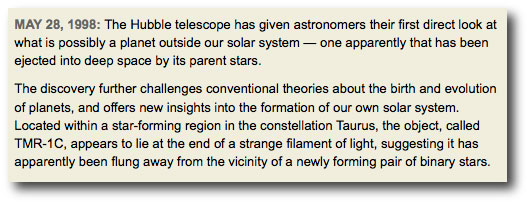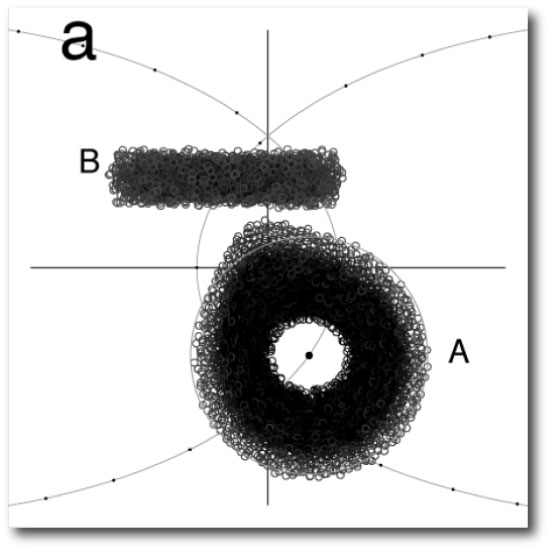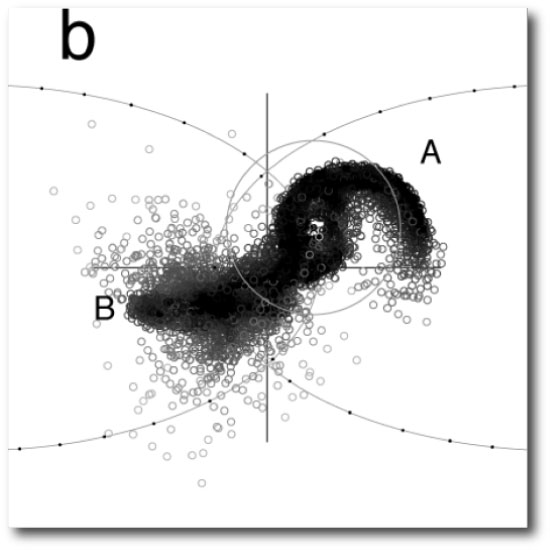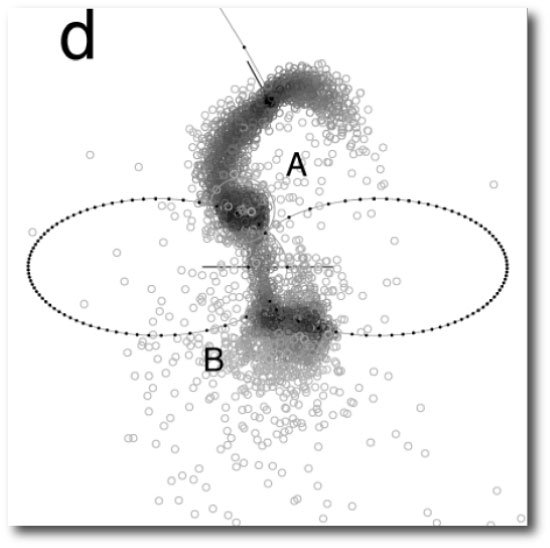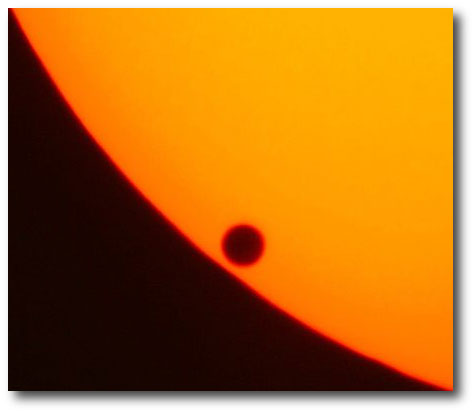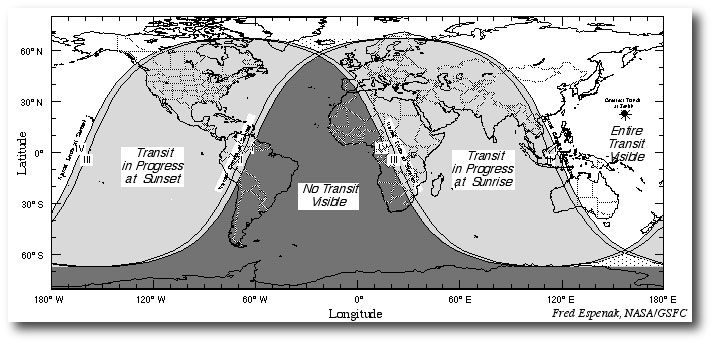The French philosopher of science Isidore Auguste Marie François Xavier Comte (1798 – 1857) was the founder of sociology and is widely remembered for the doctrine of positivism, which holds that the scientific method can be used to understand both natural and social phenomena.
He’s well known to astronomers, however, largely because of the spectacularly incorrect statements regarding stars in his Cours de la Philosophie Positive (1830-1842):
On the subject of stars, all investigations which are not ultimately reducible to simple visual observations are … necessarily denied to us. While we can conceive of the possibility of determining their shapes, their sizes, and their motions, we shall never be able by any means to study their chemical composition or their mineralogical structure … Our knowledge concerning their gaseous envelopes is necessarily limited to their existence, size … and refractive power, we shall not at all be able to determine their chemical composition or even their density… I regard any notion concerning the true mean temperature of the various stars as forever denied to us.
Lots of fun to get your introductory lecture on stellar spectroscopy off to a snarky start with that particular zinger.
Comte’s pronouncements on planets are slightly more obscure, but now, given the many and varied successes of the Spitzer Telescope, they provide an equally rich vein for irony-with-20/20-hindsight:
The take away message seems to be “never say never”. Nowadays, an academic with Comte’s flair would certainly have the innate sense to leave some wriggle room in anticipation of unforeseen scientific advances.
In any case, in this evening’s astro-ph mailing, there’s a very interesting article by Brugamyer et al. that touches on the inferred chemical and mineralogical structure of extrasolar planets. The authors of the paper make a detailed examination of the relative oxygen and silicon abundances of stars known to host extrasolar planets.
The context comes from work back in 2006 by co-author Sally Dodson-Robinson which indicated that stars with high silicon abundances relative to iron show increased planet fractions at given metallicity:
![]()
The expectation was that stars with high oxygen abundances relative to iron would also show increased planet fractions at given overall metallicity. Oxygen is a key component of the core-building materials for giant planets, and so it stood to reason that the more water available, the more Jupiter-mass planets one ends up with. Remarkably, this turns out not to be true. Here’s the relevant diagram from the Brugamyer et al paper:
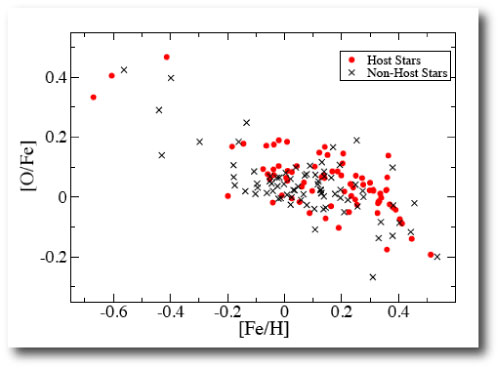
Statistically, it appears that an excess of oxygen relative to iron has no influence on the likelihood of a given star hosting a readily detectable planet. The silicon effect, however, is statistically robust and readily detectable in the Brugamyer et al. analysis:
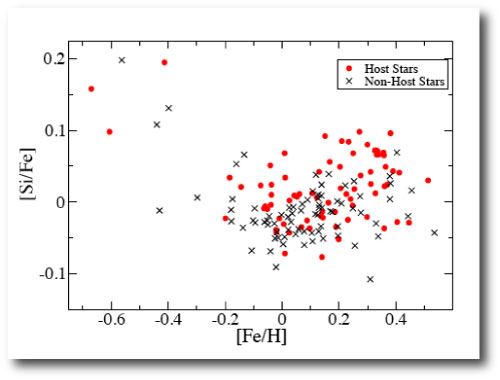
So how does one explain the unexpected result? Brugamyer et al.’s hypothesis is that icy grain nucleation on silicon-rich dust, rather than the subsequent growth of the icy core-forming particles, is the key bottleneck in forming giant planets via core accretion.


